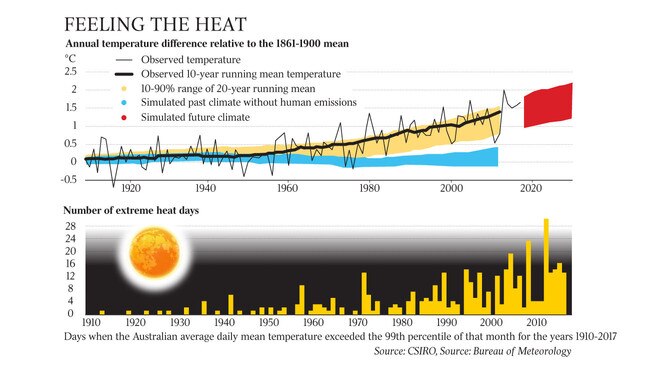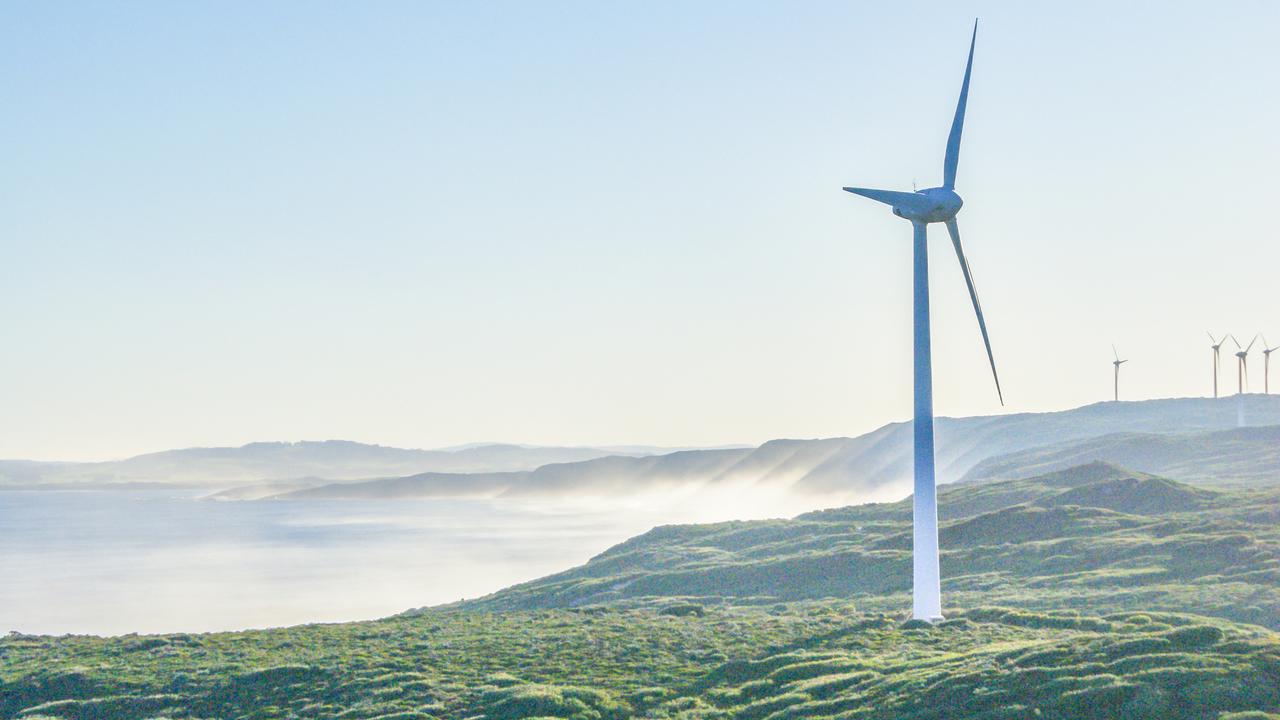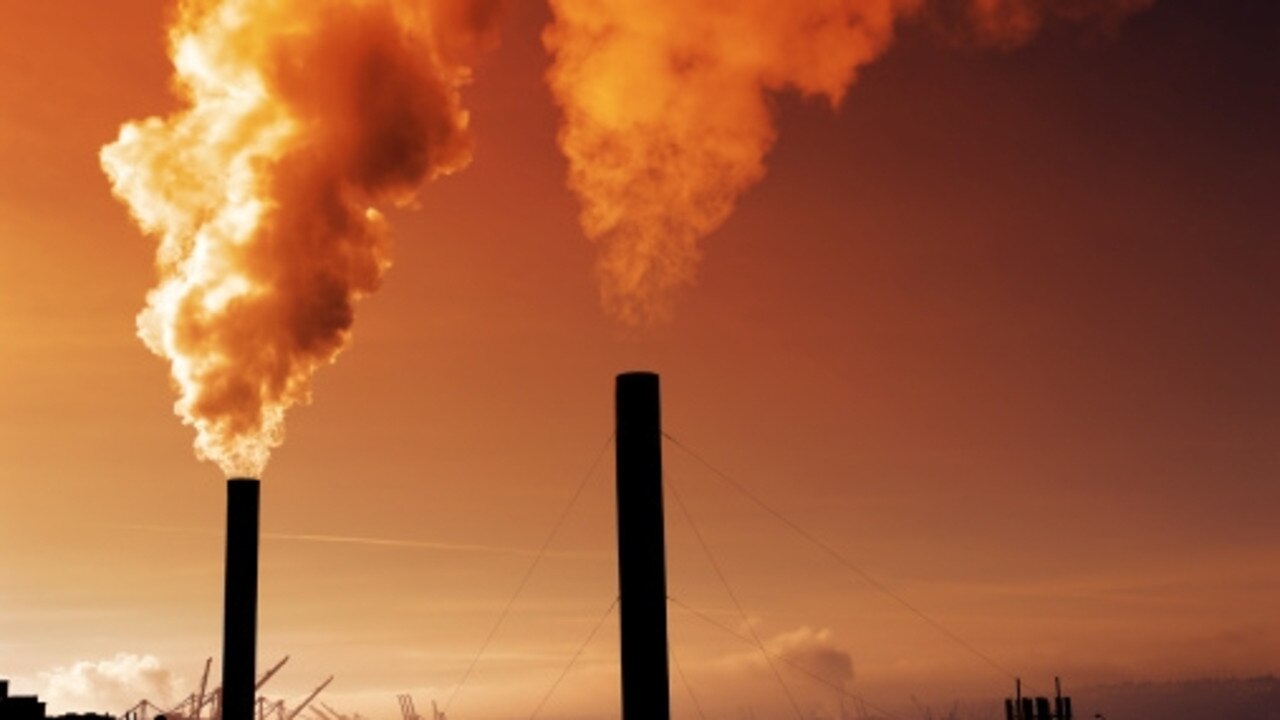Climate report warns of no escape from rising heat
Australia’s climate has warmed by more than 1C since 1910, with eight of the top 10 hottest years on record occurring since 2005.

Australia’s climate has warmed by more than 1C since 1910, with eight of the top 10 hottest years on record occurring since 2005, a new report from the Bureau of Meteorology and CSIRO says.
The fifth biennial State of the Climate report, to be released today, warns that the temperature increase has coincided with a rise in the frequency of heatwaves and the severity of drought across Australia.
Increases in temperature were observed across Australia in all seasons, with both day and night-time temperatures showing signs of warming. This pattern was accompanied by an almost five-fold increase in extreme heat events, with instances of record warm monthly and seasonal temperatures made more likely by climate change, the report says.
“Australia is already experiencing climate change and the impacts are being seen and felt across many communities and across many sectors,” said CSIRO director Helen Cleugh.
The report says that while fluctuations are mostly associated with natural phenomenon such as El Nino and La Nina, they are being amplified by global warming. Very high monthly maximum temperatures, which occurred about 2 per cent of the time between 1951 and 1980, now occurred 12 per cent of the time. The same upward shift was recorded for very warm monthly minimum and night-time temperatures.

The report says there has also been a long-term increase in extreme fire conditions, and a lengthening of the fire season over the past 70 years. “There’s been a clear shift towards a lengthened fire season and the severity of the fire weather has become more severe,” said Karl Braganza, manager of climate monitoring at the BOM. “And we see that broadly across the whole country.”
Along with the increase in the number of days where fire conditions are extreme, there was also an increase in instances of pyrocumulus clouds, a phenomenon where fires “kick off their own weather systems”, he said. “The first time we really saw that quite categorically in Australia was in the Canberra 2003 bushfires, and the significance is that it increases the chances of ignition if that trend continues,” he said.
While rainfall has increased across parts of northern Australia since the 1970s, the report shows there has been an 11 per cent decline in April-October rainfall in the country’s southeast since the late 1990s. Across the same region, May-July rainfall has seen the largest decline, dropping by about 20 per cent since 1970.
There was evidence that, as the climate warmed, heavy rainfall would become more intense. While the number of tropical cyclones in the Australian region decreased since 1982, they had increased in intensity.
While the world’s oceans have warmed by about 1C since 1990, it is the seas in the southern hemisphere that are absorbing up to 90 per cent of the extra energy created as a result of enhanced greenhouse gas concentrations. Although rates of sea-level increases vary around Australia, oceans have risen across the globe by a rate of 3.2cm each decade since 1993.




To join the conversation, please log in. Don't have an account? Register
Join the conversation, you are commenting as Logout